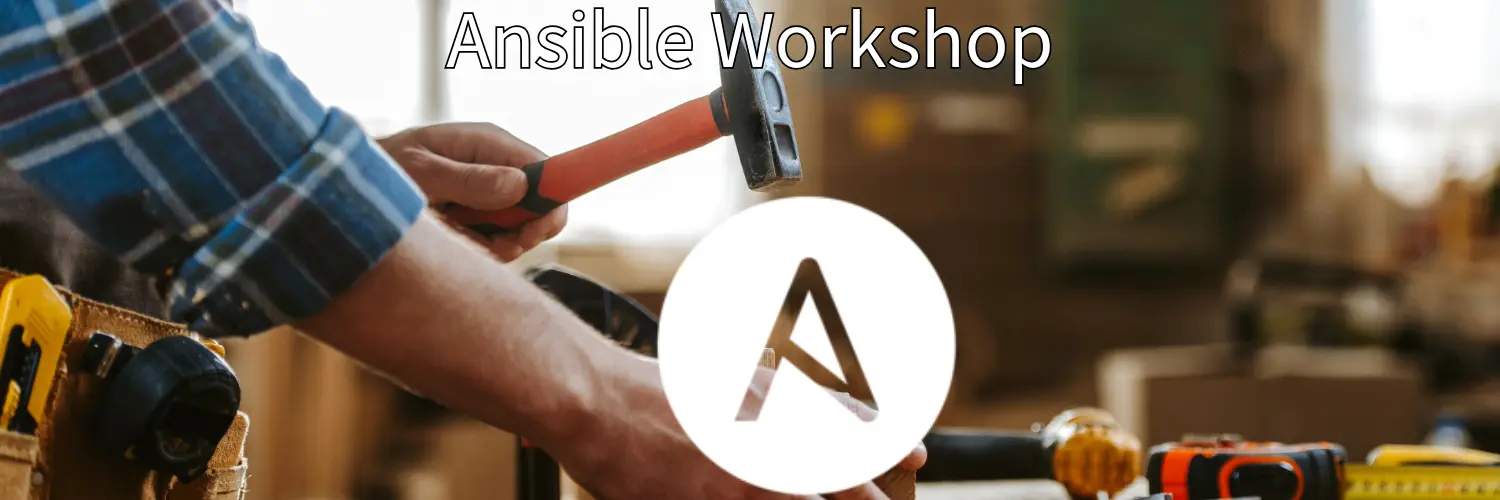
Deploying Nautobot on Kubernetes
Day 2 - Creating your own custom container There are a lot of great Nautobot apps that compliment and extend the usefullness of Nautobot, and I want to include some of those into my deployment. Fir...

Day 2 - Creating your own custom container There are a lot of great Nautobot apps that compliment and extend the usefullness of Nautobot, and I want to include some of those into my deployment. Fir...

Day 1 - Setup Flux and deploy Nautobot to your cluster Now on to learning how to setup Flux with a k3s cluster and install the Nautobot App. Boot strap FLux validate the current context of your Ku...

Hello I am joining the #100DayOfHomeLab challenge and as part of this effort I am going to use that time to teach myself something new. I love the Nautobot and use it all the time at home and at w...

To recap a little bit, we are using Nautobot as our network source of truth. Ansible no longer needs static host_vars or a static inventory. All of these details can be pulled dynamically from Naut...

Replacing the static inventory files with the Nautobot Inventory module is the last piece of the puzzle in getting rid of the static group and host vars files. You check out the docs on how to use ...

With nautobot, we can manage what is called “config_context.” We can use this to store specific or generic configuration elements that are hard to find inside the available fields in the nautobot d...

The first thing we need to create is the actual query, and to do that, we can test it from the graphiQL link on the bottom right side of your Nautobot GUI. Nautobot should present you with the G...

So we just walked through building out a couple of YAML files to use with the Ansible Nautobot module. We will use the python Nautobot module to import not just one pod but all six pods created for...

We have built out our roles to deploy our pod. Now lets take a look at how we can replace all of the group_vars, host_vars, and inventory folders and files with a database. To do this we will take ...

We have our access switch and our core switches configured; now, we need to complete the tasks for the router. Tasks (1) Router Configure Layer 3 interfaces as DOWNLINKS to both core ...